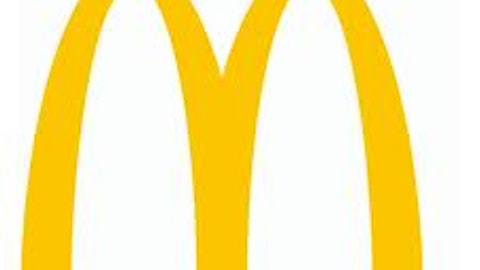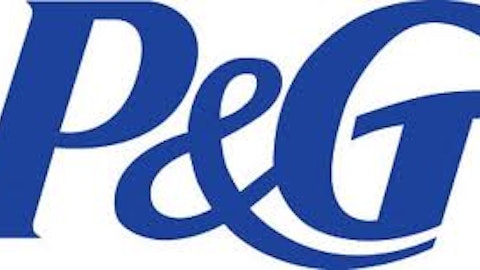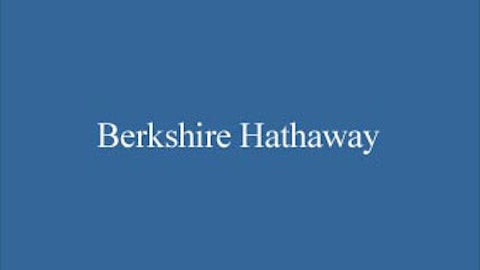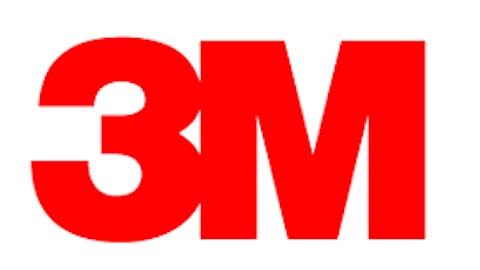At the end of June, several independent directors of Church & Dwight Co., Inc. (NYSE:CHD) purchased more than 7,700 shares of the company at around $61.70 per share with the total transaction worth more than $476,000. Since the beginning of the year, Church & Dwight has gained nearly 15.3% on the market, a bit higher than the S&P 500’s return of 14.4%. Should investors follow those independent directors into Church & Dwight now? Let’s find out.
Business snapshot
Church & Dwight Co., Inc. (NYSE:CHD) has a long operating history, dated back to 1846, manufacturing a wide range of household, personal care and specialty products under eight “power brands” including Arm & Hammer, Trojan condoms, OxiClean stain removers and Xtra laundry detergent. The company operates in three main business segments: Consumer Domestic, Consumer International and Specialty Chemical Products, or SPD.
Most of its operating income, $428.8 million, or 79% of the total profit, was generated from the Consumer Domestic segment, while the Consumer International and the SPD segment contributed only $71 million and $33.8 million, respectively, in operating income. The company had quite a concentrated customer base, with three customers accounting for 34% of the total sales in 2012. Wal-Mart is its largest customer, representing as much as 24% of its total 2012 revenue.
The cash cow with consistent growth and conservative capital structure
What I really like about the company is its consistent growth in both top line and bottom line. Its revenue has increased from more than $1 billion in 2003 to more than $2.9 billion in 2012, while the net income rose from $81 million to $350 million during the same period.
The dividend has also followed the same rising trend, climbing from $0.10 per share to $0.96 per share in the past ten years. Church & Dwight Co., Inc. (NYSE:CHD) is also considered to have great cash flow generating capabilities, with growing free cash flow. In 2012, the operating cash flow was $524 million and the free cash flow came in at $449 million.
Investors might find safety in investing in the company for the long-run, as it employed quite conservative capital structure. As of March 2013, it had $279 million in cash and short-term investments, more than $2 billion in equity, and only $853 million in both long and short-term debt. It also booked $466 million in deferred tax liabilities, which could be considered an interest-free loan from the government.
How about Clorox and P&G?
However, the market seems to value the company quite expensively. At $61.70 per share, Church & Dwight Co., Inc. (NYSE:CHD)is worth $8.5 billion on the market. The market values the company at as much as 19.85 times its forward earnings.
Compared to its bigger peers including The Clorox Company (NYSE:CLX) and The Procter & Gamble Company (NYSE:PG), Church & Dwight Co., Inc. (NYSE:CHD) has the highest EBITDA multiple. Clorox is trading at $83.80 per share, with the total market cap of $11 billion. The market values Clorox at a much lower valuation, at 18.10 times its forward earnings.
Clorox also owns a lot of global leading brands. The company reported that around 90% of its brand portfolio ranks either #1 or #2 in the global market share. The two biggest categories are cleaning and household, with each accounting for 31% of its total 2012 sales. For the full year 2013, Clorox expects to grow its top line by 3%-4%, while its earnings are estimated to come in at the range of $4.25 to $4.35 per share.
P&G has the similar earnings valuation to Clorox. At $78.30 per share, P&G is worth nearly $124.7 billion on the market. The market values P&G at around 18.09 times its forward earnings. P&G is the global leader in consumer good industry with a lot of global market leading brands including Gillette, Ariel, Pantene and Pampers. Most of its operating revenue, around 63% of the total revenue, is derived from the developed markets.
In the future, the company expected to expand its business footprint in the fast growing emerging markets. The company has been undergoing a $10 billion cost cutting program, including $2 billion in overhead savings and marketing efficiencies, $2 billion in operating leverage and $6 billion in COGS savings.
Activist investor Bill Ackman, via his fund Pershing Square, is one of P&G largest shareholders. He thought that with an organic sales growth of 6% and EBIT (earnings before interest and taxes) margin of 4%, its earnings would be $6 per share in the next three years. With the P/E multiple of 20, P&G should be worth $125 per share.
My Foolish take
With their global market leading positions, all of the above-mentioned consumer good companies are worth being in long-term investors’ portfolios. Among the three, I like P&G the most because it had the relatively reasonable valuation compared to the other two companies. Moreover, with a potential $10 billion cost savings program, P&G might experience significant improvement in operating margin, driving up its EPS and eventually the company’s share price.
The article Should Investors Follow Insiders Into This Consumer Giant? originally appeared on Fool.com and is written by Anh Hoang.
Anh HOANG has no position in any stocks mentioned. The Motley Fool recommends Procter & Gamble. Anh is a member of The Motley Fool Blog Network — entries represent the personal opinion of the blogger and are not formally edited.
Copyright © 1995 – 2013 The Motley Fool, LLC. All rights reserved. The Motley Fool has a disclosure policy.





